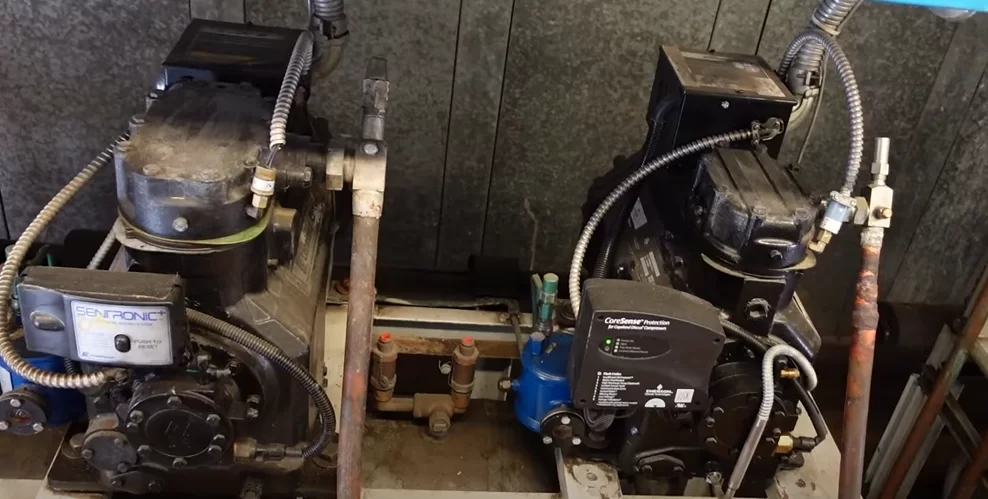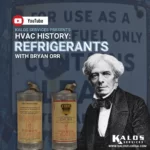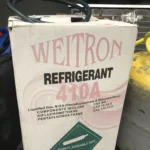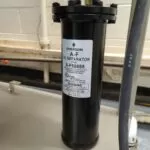This article on commercial refrigeration compressors draws from several of HVAC School's articles and videos, but it is primarily based on an article by Louie Molenda: “Commercial Refrigeration Compressor Operation.” We hope Louie's work can benefit some facilities managers and help them understand more about their systems better. You can read Louie's article HERE.
In HVAC/R trade school classes, many instructors liken the compressor to the human heart. They do it with good reason; the compressor pumps refrigerant from one side of the system to the other, and most commercial refrigeration systems can't work without compressors. (Note: there ARE some ways to provide refrigeration without a compressor. You can read about those on HVAC School at https://hvacrschool.com/refrigerant-cycles-without-compressors/.)
But what do commercial refrigeration compressors do? How can we monitor their behavior and maximize their efficiency?
This article will explain the basic functions of commercial refrigeration compressors, go over various types of compressors, and describe how we can make compressors as efficient as possible.
BASIC COMPRESSOR FUNCTIONS
The compressor has two main jobs: compress vapor refrigerant and circulate it through the system. Overall, the compressor's main goal is to circulate the most pounds of refrigerant with the lowest possible energy usage (in watts). We can measure that rate of circulation in pounds per minute (lb/min) or pounds per hour (lb/hr); we call that the mass flow rate.
Although compressor size is one of the main factors that control the mass flow rate, the mass flow rate may also change depending on how dense the refrigerant is. When the refrigerant is denser, we can expect higher mass flow rates. However, when the suction pressure is low and the refrigerant is less dense, we can expect lower mass flow rates.
The suction pressure is also a variable in the compression ratio, which also affects the mass flow rate. When we find the compression ratio, we take the head pressure (on the high side of the system after the compressor) and divide it by the suction pressure (coming from the evaporator at the box). In general, refrigeration compression ratios should be higher than residential and light commercial HVAC compression ratios. However, they still shouldn't be too high, as that is a sign of inefficiency.
In other words, a high compression ratio will lead to a lower mass flow rate.
When a compressor is operating, it also regulates the pressures of the evaporator and condenser. The evaporator is where the refrigerant absorbs heat from the refrigerated box and maintains the temperature. On the other side, the condenser rejects heat from the system. The compressor does a balancing act between the two; as more the evaporator absorbs more heat, the compressor heat output increases. That then makes the condenser reject more heat, thus increasing the mass flow rate.
OTHER NOTABLE COMPRESSOR FUNCTIONS
Compressors have motors, which may overheat. As a result, many compressors contain a means of cooling their motors via air or water. Air-cooled compressors pass air over the compressor to keep it cool. On the other hand, water-cooled compressors contain a water jacket that allows water to cool the compressor without actually coming into contact with the motor. In many cases, companies that offer both air-cooled and water-cooled models will have nomenclature that distinguishes the two. In some cases, the suction gas (refrigerant) may also be used to cool the compressor.
The compressor also contains oil that lubricates the bearings and keeps the compressor from experiencing mechanical wear. A refrigerator's oil system ties in with the compressor, where oil mixes with the refrigerant. Upon discharge, the oil is separated from the refrigerant inside an oil separator, and it gets stored in a reservoir separate from the compressor. Refrigerant has an affinity for oil, and we have to try to keep it from migrating into the compressor crankcase when the system is off; we can stop migration with crankcase heaters, liquid line solenoid valves, pump-down solenoids, and hard shutoff TXVs.
COMPRESSOR TYPES
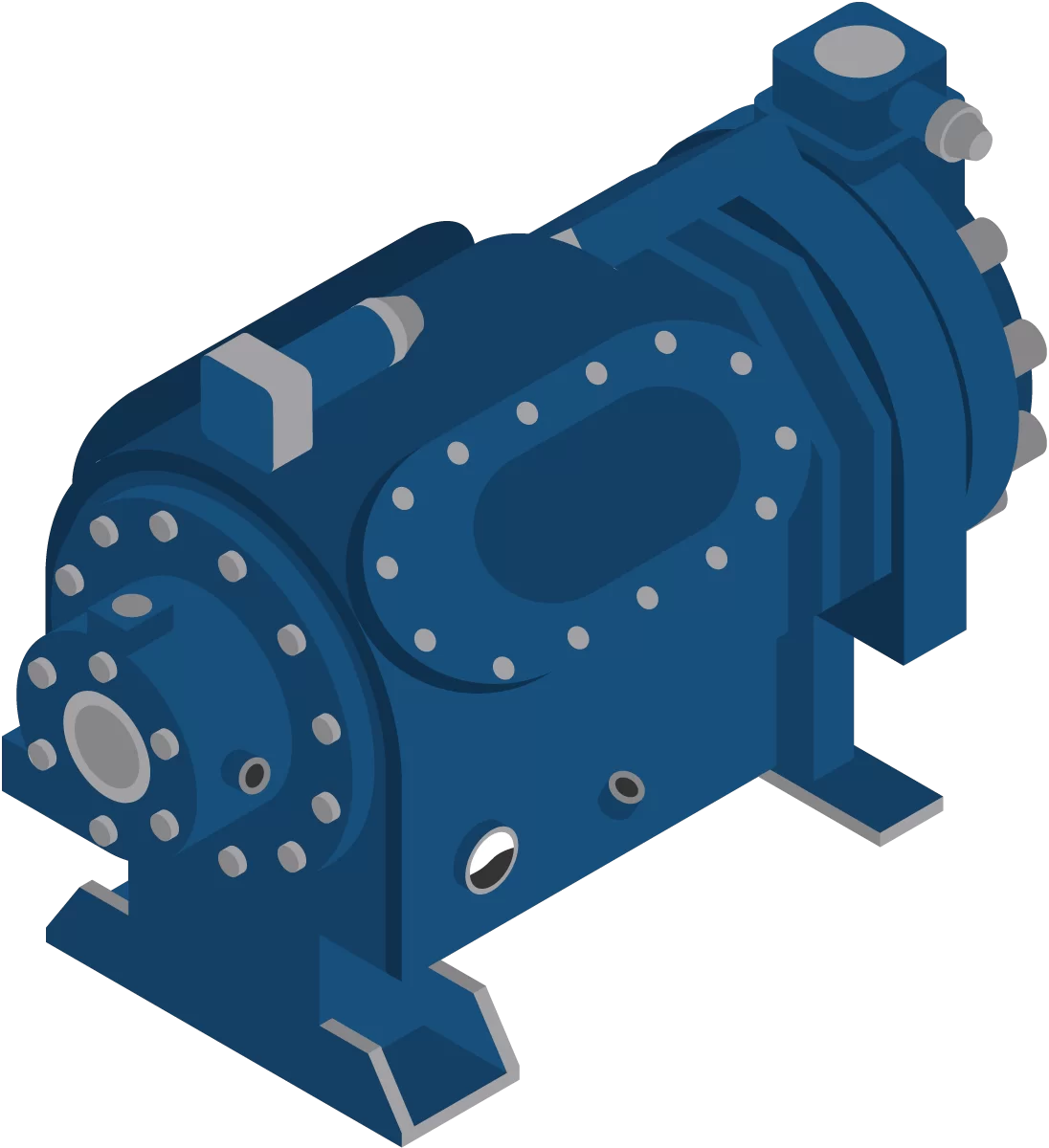
We use a few different ways to classify compressors.
We classify compressors based on whether they open or not. Hermetic compressors have their motors completely sealed within the compressor body; these can't be taken apart without cutting into them. On the other hand, semi-hermetic compressors keep the compressor and motor in the same space, but that space is a sealable chamber that can open and close if we add or remove screws. Both hermetic and semi-hermetic compressors have set operating ranges; if the compressor operates outside the manufacturer's published operating range, then it won't run at its full efficiency.
Open compressors have motors that are separate from the actual compressor and don't have the same sealed chamber found in the other two types.
Compressors come in a few more categories based on how they operate: reciprocating, scroll, and screw. Each compressor type has its benefits, drawbacks, and ideal applications. (Some are better for industrial refrigeration. There is also a fourth type, centrifugal, which is usually very large and often used in large manufacturing plants.)
RECIPROCATING COMPRESSORS
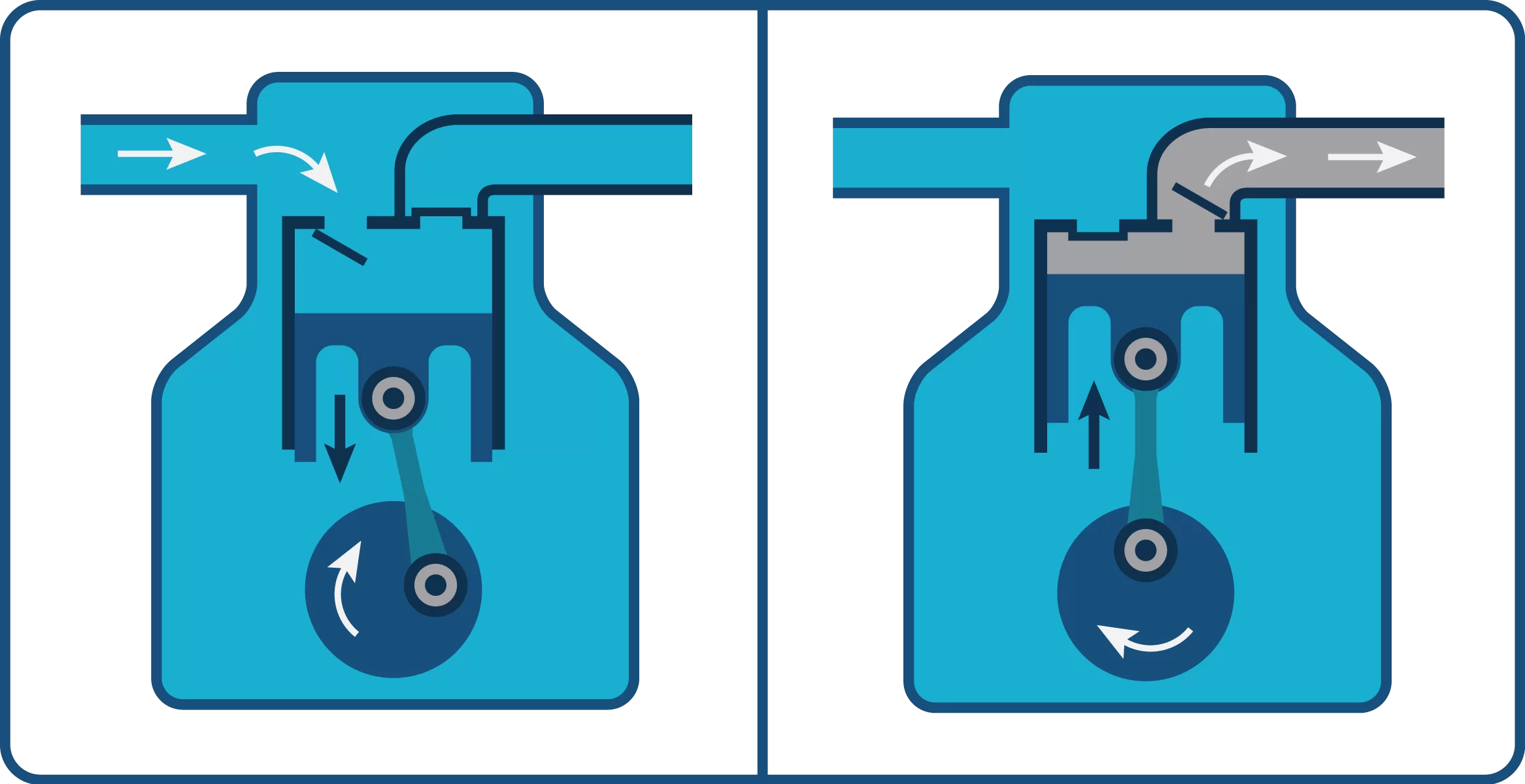
Reciprocating compressors contain pistons, which go down to draw the refrigerant in and go back up to “press” the refrigerant into a smaller volume before discharging it. These compressors are common in all sorts of HVAC and refrigeration systems and tend to be quite durable. However, they are not the most energy-efficient option on the market because not all of the vapor is discharged through the piston. Semi-hermetic configurations are quite common.
Some of the good folks at Emerson did a compressor tear-down class for HVAC School. You can see how a reciprocating compressor's pistons work by clicking HERE. (Note: the link takes you to the exact timestamp of the piston examination. You are welcome to watch the entire demonstration, but it is almost 50 minutes long. The demonstration also features a scroll compressor at the very end.)
SCROLL COMPRESSORS
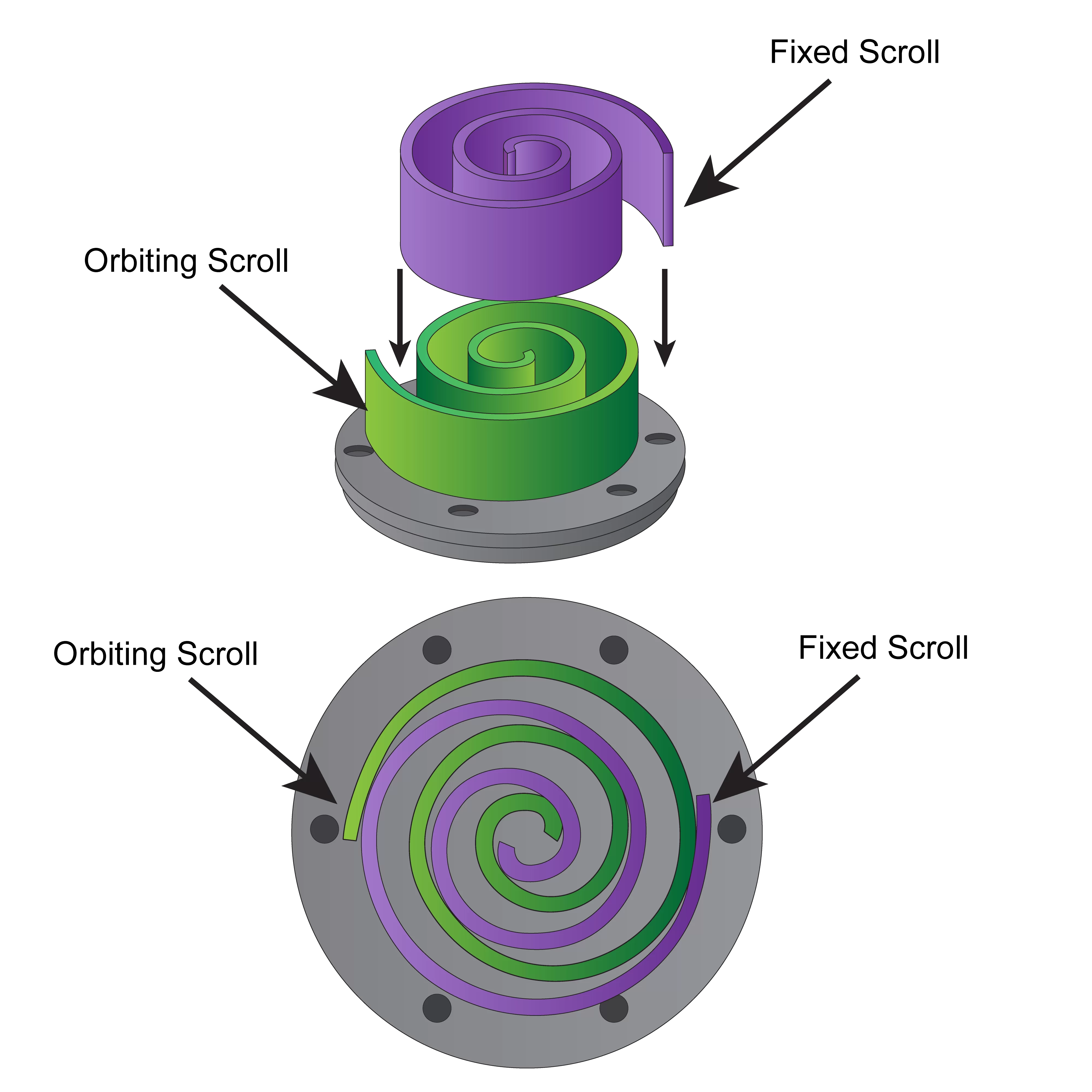
Scroll compressors tend to be quite efficient. These compressors have two scrolls, which are spiral-shaped plates that fit inside each other; These scrolls compress refrigerant by oscillating an orbiting scroll within a fixed scroll. (You can see what these scrolls look like in a quick video by Kalos President Bryan Orr HERE.) There is oil between the scrolls so that they can make contact with each other repeatedly without wearing each other down; signs of wear on the scrolls indicate that liquid refrigerant has gotten into the scrolls and washed the oil away. Scroll compressors tend to be rather compact and are often hermetic.
Some manufacturers may have scroll compressors that are designed for specific temperature applications; for example, Emerson's Copeland compressor line has different types of scrolls that can be used in low or medium-temperature refrigeration.
SCREW COMPRESSORS

Rotary or screw compressors contain one or two screws and compress the gas between the screw notches. The double-screw variety shares some similarities to scroll compressors in the way that they compress the refrigerant into a smaller space. As a result, screw compressors tend to offer more capacity and control over operation than reciprocating compressors. Screw compressors tend to be large and well suited for industrial refrigeration, though they are also suitable for some grocery refrigeration applications.
HOW CAN WE MAXIMIZE THE COMPRESSOR'S EFFICIENCY?
One of the most important ways we can increase efficiency is by decreasing the compression ratio. Some simple ways we can reduce compression ratio include keeping the condenser clean and making sure the suction line is of the proper size. Refrigeration contractors can control those two main things with maintenance and proper installation. However, there are a few other ways that facilities managers can keep compression ratios low.
You'll typically get relatively low compression ratios when you keep your set temperatures within or slightly above the equipment's design temperatures. In other words, it's unwise to use coolers as freezers or set the box temperature down from 36 degrees to under 20 degrees. You can also try your best to keep good airflow moving through a refrigerated case; keep products spaced out whenever possible to allow for better circulation and airflow. You'll also have an easier time keeping your products' temperatures under control if you make sure the products aren't crowded in the refrigerator.
Figuring out how commercial refrigeration compressors can work at the top of their game can help save energy and money. However, efficient compressors with low compression ratios are also less prone to premature failure; high compression ratios are often responsible for overheating, which can cause a compressor to fail. So, paying attention to your compressor is vital to the longevity and efficiency of your equipment.

